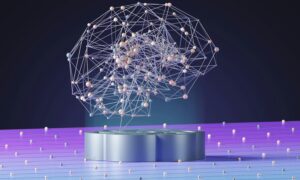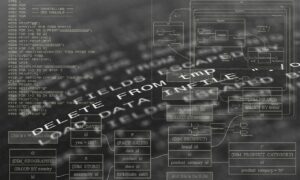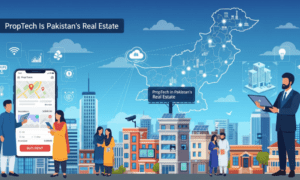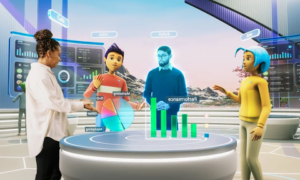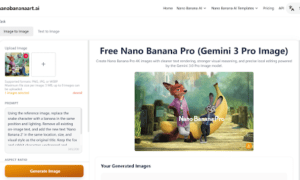Introduction
The concept of a circular economy has emerged as a beacon of hope. At the intersection of technology and environmental responsibility lies the Tech-Driven Circular Economy, a paradigm that not only emphasizes sustainability but also harnesses the power of innovation to close the loop on climate and nature practices.
Understanding the Circular Economy
The traditional linear economy, characterized by a take-make-dispose model, has long been a driver of environmental degradation. The circular economy, on the other hand, presents a holistic alternative that aims to minimize waste and maximize the value of resources. By prioritizing the regenerative use of materials and products, the circular economy envisions a closed-loop system where waste is minimized through recycling, reusing, and repurposing.
Tech-Driven Solutions in Circular Practices
The integration of technology into the circular economy amplifies its impact and accelerates the transition towards a sustainable future. One of the key pillars of the Tech-Driven Circular Economy is the use of advanced data analytics and artificial intelligence to optimize resource management. These technologies enable businesses to track and analyze resource flows, identify inefficiencies, and make informed decisions to reduce waste.
Blockchain technology, with its transparent and tamper-proof ledger system, plays a pivotal role in ensuring the integrity of supply chains within the circular economy. This not only enhances traceability but also builds trust among stakeholders, fostering a more accountable and responsible ecosystem.
Renewable Energy and IoT Integration
Another crucial aspect of the Tech-Driven Circular Economy is the incorporation of renewable energy sources and the Internet of Things (IoT). By harnessing clean energy, businesses can minimize their environmental footprint, contributing to the overall sustainability of the circular model. IoT devices, such as smart sensors, facilitate real-time monitoring and data collection, enabling more efficient resource utilization and waste reduction.
Case Study: Circular Design in Electronics
The electronics industry, notorious for its rapid obsolescence and e-waste concerns, has seen a transformative shift through circular design principles. Tech companies are now focusing on modular and upgradeable designs, prolonging the lifespan of devices and reducing the need for frequent replacements. This not only aligns with circular economy goals but also enhances user experience and satisfaction.
Consumer Engagement and Education
A successful transition to a Tech-Driven Circular Economy relies on active consumer participation and awareness. Companies can leverage technology to engage and educate consumers about sustainable choices. Mobile apps, augmented reality, and virtual reality experiences can provide users with insights into the environmental impact of their purchasing decisions, empowering them to make informed choices that support circular practices.
Policy and Regulatory Framework
To fully realize the potential of a Tech-Driven Circular Economy, a supportive policy and regulatory framework are essential. Governments and international bodies play a crucial role in incentivizing businesses to adopt circular practices through tax incentives, subsidies, and regulations that promote sustainable production and consumption.
Challenges and Opportunities
While the Tech-Driven Circular Economy holds immense promise, it is not without its challenges. The initial costs of implementing advanced technologies, concerns about data security, and the need for a skilled workforce are among the obstacles that businesses may face. However, these challenges present opportunities for innovation, collaboration, and the development of new markets focused on sustainable solutions.
Conclusion
The Tech-Driven Circular Economy represents a paradigm shift in our approach to resource management and environmental sustainability. By integrating technology into circular practices, we can create a more resilient and regenerative economic system. From renewable energy to blockchain and circular design, the synergy between technology and circular economy principles offers a blueprint for a sustainable future.






